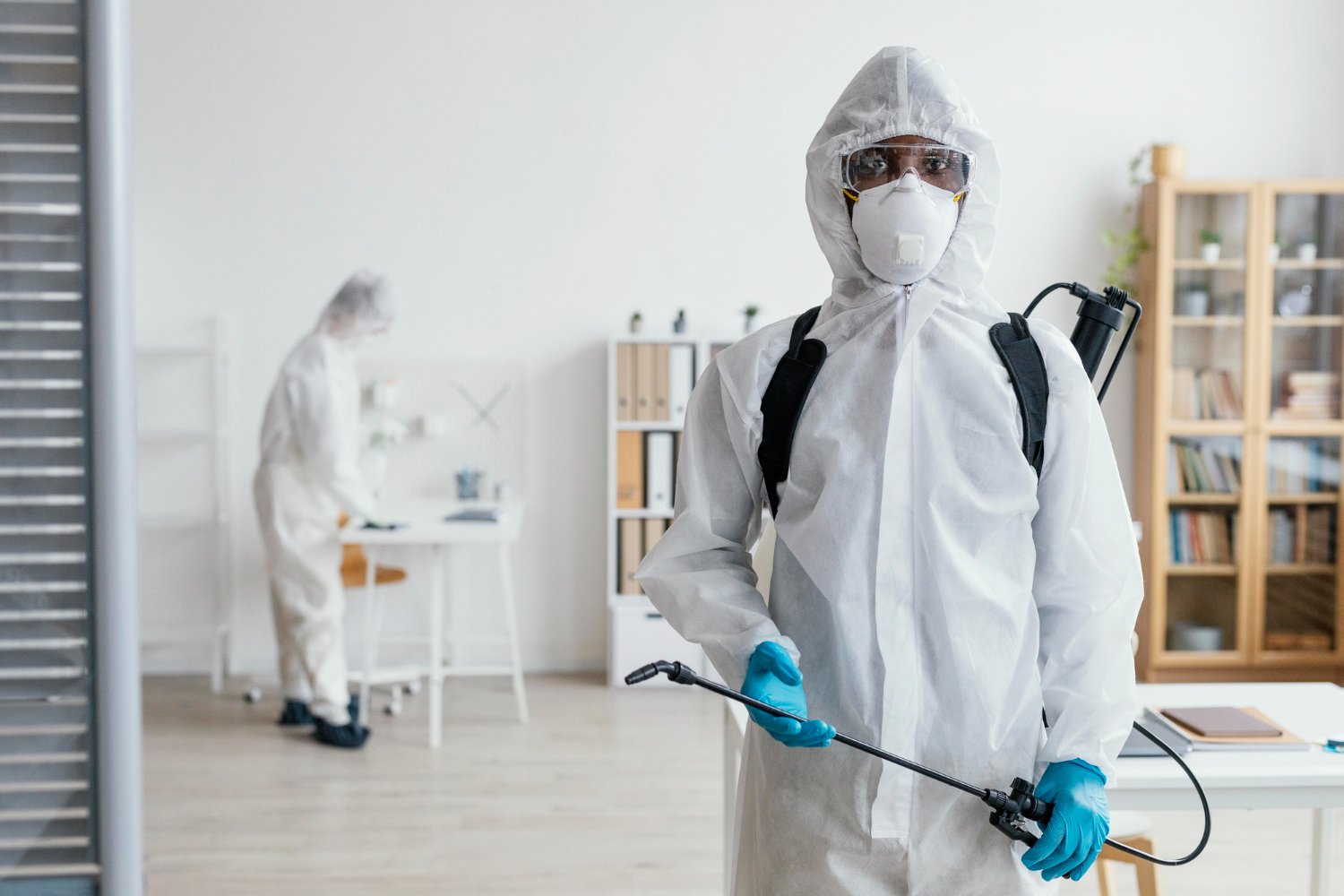Bed Insect Treatment Breakdown: Contrasting Chemical Vs. Non-Chemical Solutions
In the realm of insect control, particularly when handling the relentless issue of bed pests, the selection between chemical and non-chemical treatment remedies can be a pivotal one. Both strategies offer distinctive benefits and drawbacks, influencing factors such as effectiveness, safety considerations, and general cost. By taking a look at the nuanced information of each technique, a clearer understanding of which path to go after in addressing a bed bug infestation can be achieved.
Effectiveness of Chemical Treatments
Chemical therapies for bed pest infestations have been commonly identified for their powerful and quick efficacy in eliminating these insects. When considering the effectiveness of chemical therapies, it is critical to comprehend that they can give a quick and comprehensive solution to a bed bug issue. Professional pest control specialists often count on insecticides to target bed bugs at numerous stages of their life process, consisting of fairies, grownups, and eggs. These chemicals normally function by disrupting the bed pests' nerve system, bring about paralysis and eventual fatality.
In addition, chemical treatments have the benefit of providing recurring impacts, implying that they can proceed to get rid of bed pests also after the initial application. This recurring activity is especially helpful in combating any kind of prospective re-infestations. In addition, the rapid activity of chemical treatments can bring alleviation to people dealing with extreme bed bug invasions, permitting them to restore control of their home promptly.
Safety Worry About Chemical Solutions
One essential facet that requires mindful factor to consider when utilizing chemical options for bed insect therapy is making sure the safety of passengers and the setting. Exposure to particular chemicals utilized in bed bug treatments can lead to respiratory problems, skin inflammation, or various other unfavorable responses, specifically in people with pre-existing conditions or sensitivities.
Furthermore, the environmental effect of chemical remedies is an additional substantial consideration. Some pesticides used in bed insect treatments may be damaging to beneficial bugs, wildlife, and ecological communities if they seep right into the soil or water systems. It is important to use chemical treatments deliberately, complying with security standards, and thinking about less poisonous alternatives to alleviate these risks and make sure the safe and reliable monitoring of bed bug problems.
Advantages of Non-Chemical Strategies
Considering the possible safety issues and ecological influence linked with chemical solutions for bed insect treatment, discovering non-chemical methods provides a promising option with a number of unique benefits. Non-chemical techniques supply a much safer choice for houses, especially those with individuals, children, or pets sensitive to severe chemicals. These approaches get rid of the risks of exposure to hazardous materials, reducing the potential for negative wellness effects. In addition, non-chemical therapies are eco friendly, as they do not contribute to air or water air pollution, making them a sustainable choice for pest control.
In addition, non-chemical solutions can be effective in targeting bed bugs, consisting of hard-to-reach locations where chemical treatments may not permeate - A1 bed bug exterminator charlotte. Methods such as warmth treatment, vacuuming, heavy steam cleansing, and mattress coverings give extensive removal without the use of harmful chemicals.
Limitations of Non-Chemical Treatments

In addition, non-chemical treatments typically need numerous applications to accomplish successful obliteration. This can be lengthy and might not constantly ensure total removal of all bed bugs and their eggs, particularly in hard-to-reach or hidden areas.
Furthermore, the success of non-chemical treatments greatly counts on proper execution and thoroughness, which can be challenging for people without professional know-how. Insufficient application of non-chemical techniques might cause insufficient removal, leading to persistent infestations and the requirement for extra therapies.
For that reason, while non-chemical therapies have their advantages, go to this site it is vital to recognize these limitations and consider them when identifying the most effective strategy for managing bed pest invasions.
Expense Contrast: Chemical Vs. Non-Chemical Options
Given the limitations associated with non-chemical therapies, an important facet to examine in the context of bed bug administration is the price comparison in between chemical and non-chemical choices. In contrast, non-chemical treatments like heat treatment or vapor can be extra pricey, with expenses varying from $1,000 to $6,000 for an entire home. While the initial price of chemical therapies may appear reduced, several therapies may be called for to completely get rid of the infestation, possibly enhancing the total price.
Final Thought

Taking into consideration the potential safety problems and environmental influence associated with chemical solutions for bed insect treatment, discovering non-chemical approaches presents an appealing option with several unique benefits.Given the limitations linked with non-chemical therapies, an essential aspect to evaluate in the context of bed pest management is the cost contrast in between chemical and non-chemical alternatives. In contrast, non-chemical treatments like heat therapy or vapor can be much more pricey, with expenses ranging from $1,000 to $6,000 for a whole home. While the initial price of chemical therapies may appear reduced, several treatments may be called for to totally remove the infestation, potentially enhancing the overall price.In conclusion, when comparing chemical and non-chemical bed insect therapy options, it is essential to consider performance, safety, benefits, constraints, and expense.